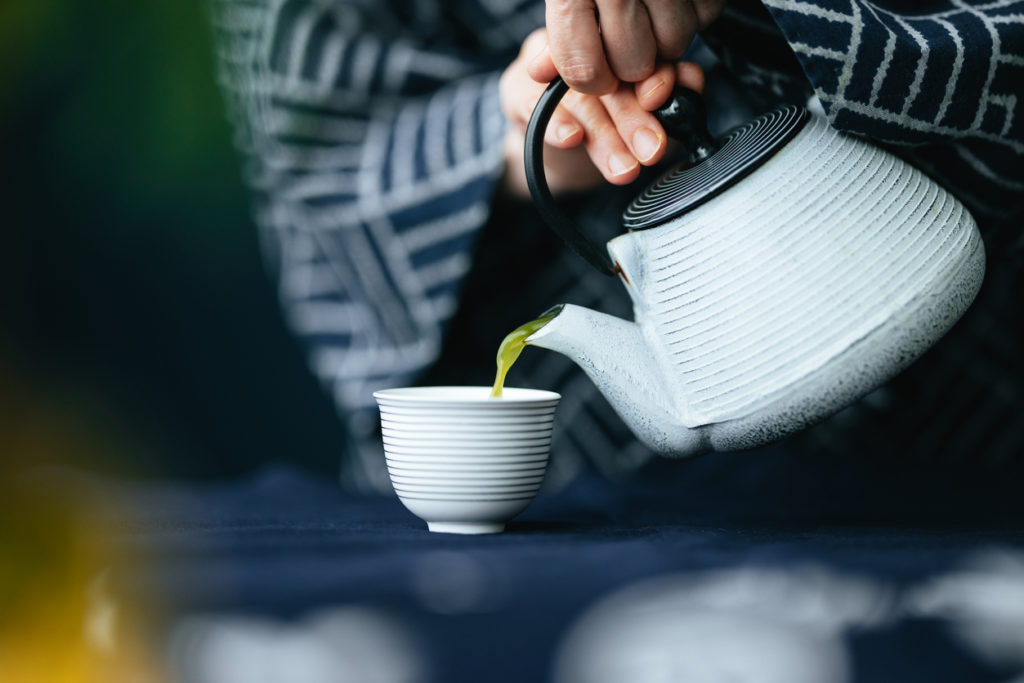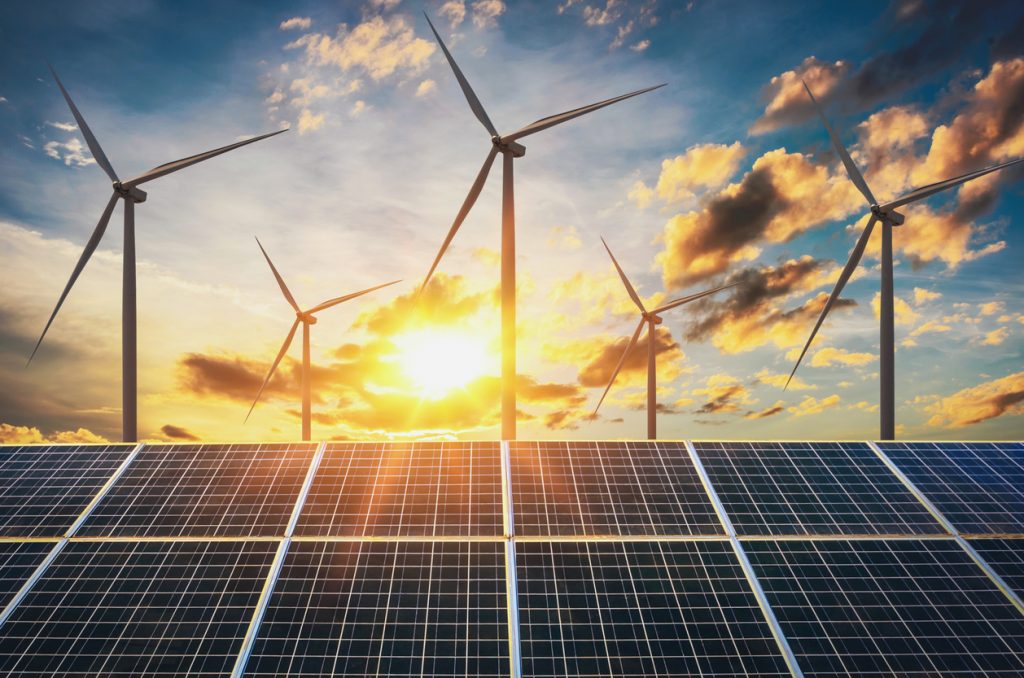A morning ritual of mine is to start the day with a cup of something warm. A cup of tea, coffee, cacao, matcha, yerba mate… My morning beverage cycles depend on my mood or latest obsession. Lately, I have been practicing conscious eating and drinking. Translation: stopping momentarily to enjoy whatever is in my cup or on my plate instead of unconsciously swilling or gobbling it down. It’s a matter of unwinding years of programmed unconscious consumption.
When I looked in my cup this morning, I watched little dark brown tea leaves unfurling themselves to reveal their rich aroma. And then the thought crossed my mind: what did it take to get them in my cup?
I blame my obsession with the supply chain on one of two things. It’s either the fault of Mark Fagan, my former supply chain management professor at Harvard, or toilet paper PTSD from COVID-19. After studying anything about supply chain logistics and management, I realized that it’s impossible to unsee endless nodes and feedback loops.
Do we really think about what it takes to have the extraordinary, yet ordinary things around us? How were the things that we take for granted every day made? Where did they come from? How far did they travel? How did they get here? (All of a sudden, the song, Once in a Lifetime by Talking Heads is playing in my head now.)
So, what about tea? My next thought (always) is how this particular industry will be impacted by evolving technologies like machine intelligence, robotics, IoT, and agricultural drones?
From leaf-to-cup is not just about supply chains, farmers, and technologies, but also about how the technologies above might better support leaf-to-cup in harmony with our planet while providing equitable benefits to those who cultivate it. I decided to learn more about tea production, so I researched the globe’s most prolific producers/manufacturers/distributors of tea. Here’s a snippet of what I learned when I ventured through the tea rabbit hole:
Did you know that the tea industry is rife with environmental considerations from pollution from the overuse of pesticides contaminating food, soil, and water sources, deforestation due to harvesting the wood that it takes to fire up the heat to cure the leaves, monoculture farming destroying fragile ecosystems, the exploitation of small farms, people and underserved communities? And that’s naming a few. The good news is that a lot of good is happening to change the tide of these things with a focus on sustainability initiatives driven by some compelling companies, I’ll get to one of them later. First, let’s start from the beginning.
A Cup of History
Tea’s journey began over 5,000 years ago, possibly in the regions of modern-day China or Northeast India, where it was initially revered for its medicinal properties. The art of tea making and its cultural significance spread through Asia and, eventually, the world, becoming embedded in the social fabric of numerous cultures. Each type of tea, from the robust black teas savored in the West to the delicate green teas preferred in East Asia, tells a story of heritage, tradition, and the lands from which they hail. Tea is the most consumed beverage globally, second only to water.
The Alchemy of Tea Production
At its core, the distinction between the types of tea — green, black, oolong, white, and pu-erh —lies in the processing method. Although all are derived from the Camellia sinensis plant, the degree of oxidation (a process similar to fruit browning) the leaves undergo determines the tea’s color, flavor, and name:
- Green tea is made from leaves that are quickly heated after picking them to prevent oxidation, preserving their green color and delicate taste.
- Black Tea undergoes complete oxidation, which imparts a dark color and rich flavor. The oxidation process transforms the green leaves into the deep colors and robust flavors of black tea.
- Oolong Tea finds its uniqueness in partial oxidation, offering a complexity that ranges from light to full-bodied, sitting gracefully between green and black tea.
- White Tea is the least processed, made from young leaves and buds that wither and dry naturally, resulting in a light, delicate flavor.
- Pu-erh Tea undergoes a unique fermentation process after drying and rolling, giving it a distinctive flavor profile that can change and improve with age.
The Role of Technology in Tradition
With such a rich, millennia-old tradition, tea may seem like an unlikely beachhead for the latest in futuristic technology. But like so many other industries, AI and automation have already become vital ingredients in the global tea supply chain. As these powerful technologies spread, they will keep brewing (yup, I can’t help myself) new possibilities and pushing the boundaries of what’s possible in this ancient art and industry.
In future casting, I wonder if we might experience the tea industry radically reshaped by artificial intelligence and automation, similar to what we have seen in other agricultural sectors. From AI-optimized cultivation and harvesting to automated processing and robotic packaging, nearly every aspect of the tea supply chain can undergo a high-tech transformation. The labor-intensive steps of withering, rolling, oxidation, and drying could be largely automated using advanced robotics, sensor systems, and computer vision. In the tea industry, augmented by machine intelligence, machine learning models would identify and predict ideal aroma profiles. At the same time, robotics with automated sensors might handle the physical blending and quality testing. Taken a step further into our future scenario, machine learning and generative AI could be used to formulate new tea blends based on consumer preference data.
Thankfully, the leap towards increased sustainability and efficiency in tea production has been significantly aided by technological innovations such as electronic noses (yes, I’m serious, they’re called e-noses). This advancement, showcased in research by Bilge Han Tozlu and H. İbrahim Okumuş, optimizes the fermentation process of black tea by using e-noses to monitor the tea’s quality in real-time, ensuring a consistently superior product. This method of integrating technology preserves the tea’s heritage. It propels it into the future, making the process more eco-friendly and economically viable for tea farmers.
Brewing a Sustainable Future
With this tea-tech revolution, our focus shifts to sustainability initiatives offering planet-friendly products as the cultivation stage of tea production significantly impacts the environment, particularly in terms of deforestation and pesticide use. As the global demand for tea rises, there is a marked increase in tea plantation expansion, often leading to deforestation. This clearing of forests for tea cultivation results in losing vital ecosystems and biodiversity. The environmental cost of expanding tea plantations is significant, as these forests are crucial habitats for a wide range of species. The biodiversity in these areas is essential for maintaining ecological balance, and its loss can have far-reaching consequences on global biodiversity and the environment.
Moreover, conventional tea farming practices frequently involve using pesticides and synthetic fertilizers to enhance crop yield and combat pests and diseases. The excessive application of these chemicals can lead to soil degradation, reducing the soil’s natural fertility and affecting its long-term productivity. Additionally, the runoff of these chemicals into nearby water bodies can cause water pollution, posing risks to aquatic life and the health of communities reliant on these water sources. Sustainable practices, such as organic farming, agroforestry, and efficient water management, are crucial in mitigating these environmental impacts. By adopting these practices, the tea industry can help preserve natural resources, protect biodiversity, and ensure the sustainability of tea production for future generations.
An exciting sustainability initiative by Nestlé encompasses regenerative agricultural practices, restoring the natural biodiversity of areas harmed by monoculture, reforesting projects, teaching regenerative farming practices, and water stewardship (read Nestlé’s Creating Shared Value and Sustainability Report 2023 here).
By shifting towards methods that enhance soil health, water conservation, and biodiversity, the tea industry is not just aiming for environmental sustainability. It’s also enhancing the socio-economic well-being of farmers. Companies like Nestlé are leading the charge, partnering with over 600,000 farmers to share knowledge, improve crop yields, and ensure sustainable livelihoods through fair practices.
The Modern Tea Renaissance
This journey I’ve attempted to take us on from leaf-to-cup is about preserving the essence of tea, enhancing it in harmony with our planet, and ensuring equitable benefits to those who cultivate it. By harnessing technology to improve farmers’ lives while producing sustainable tea, the industry is charting a course toward a future where tea remains a beloved, ethical, and sustainable beverage choice for generations.
Originally posted on Tamara McCleary’s LinkedIn: https://www.linkedin.com/pulse/ai-brews-revolution-tea-industry-tamara-mccleary-n1gle



